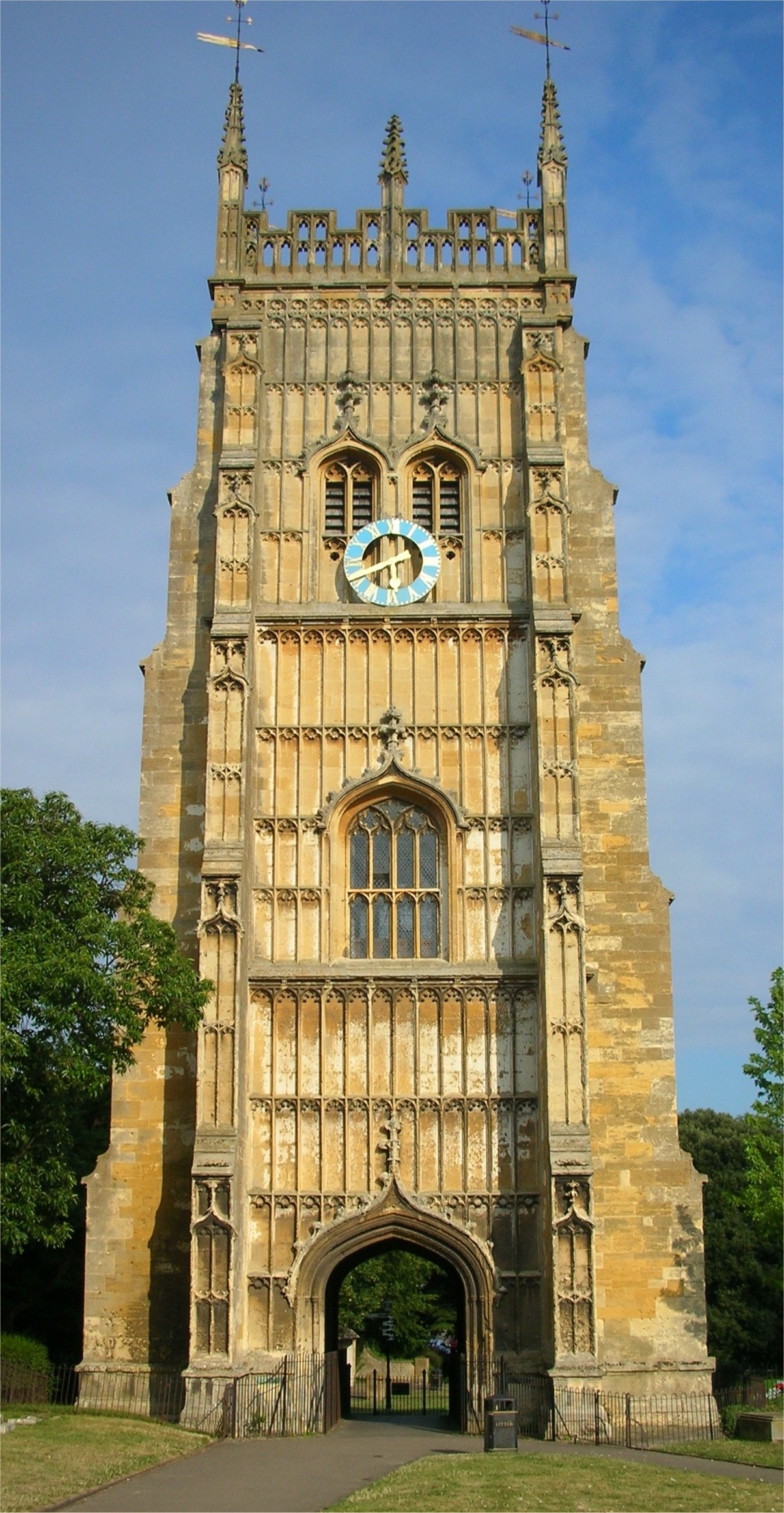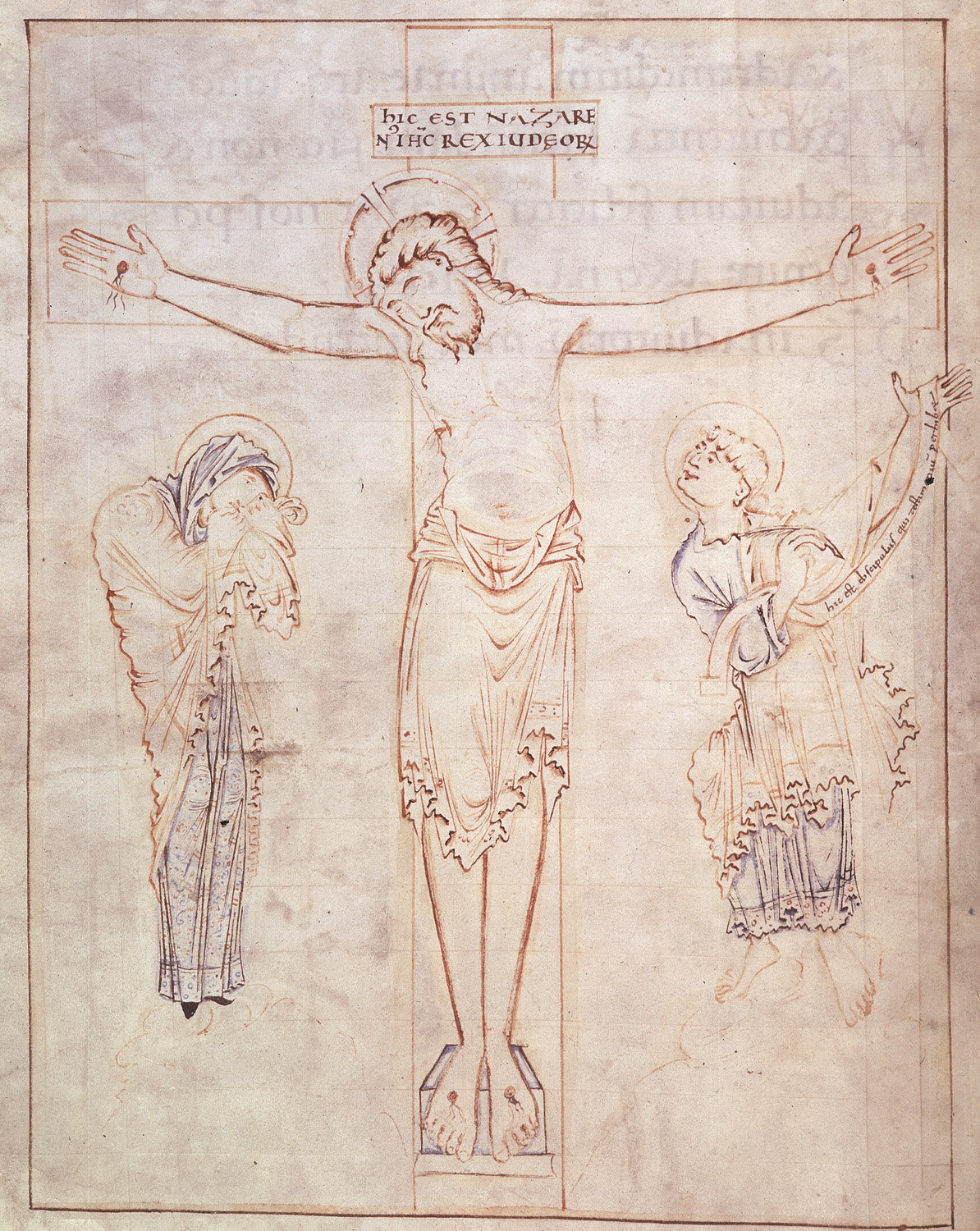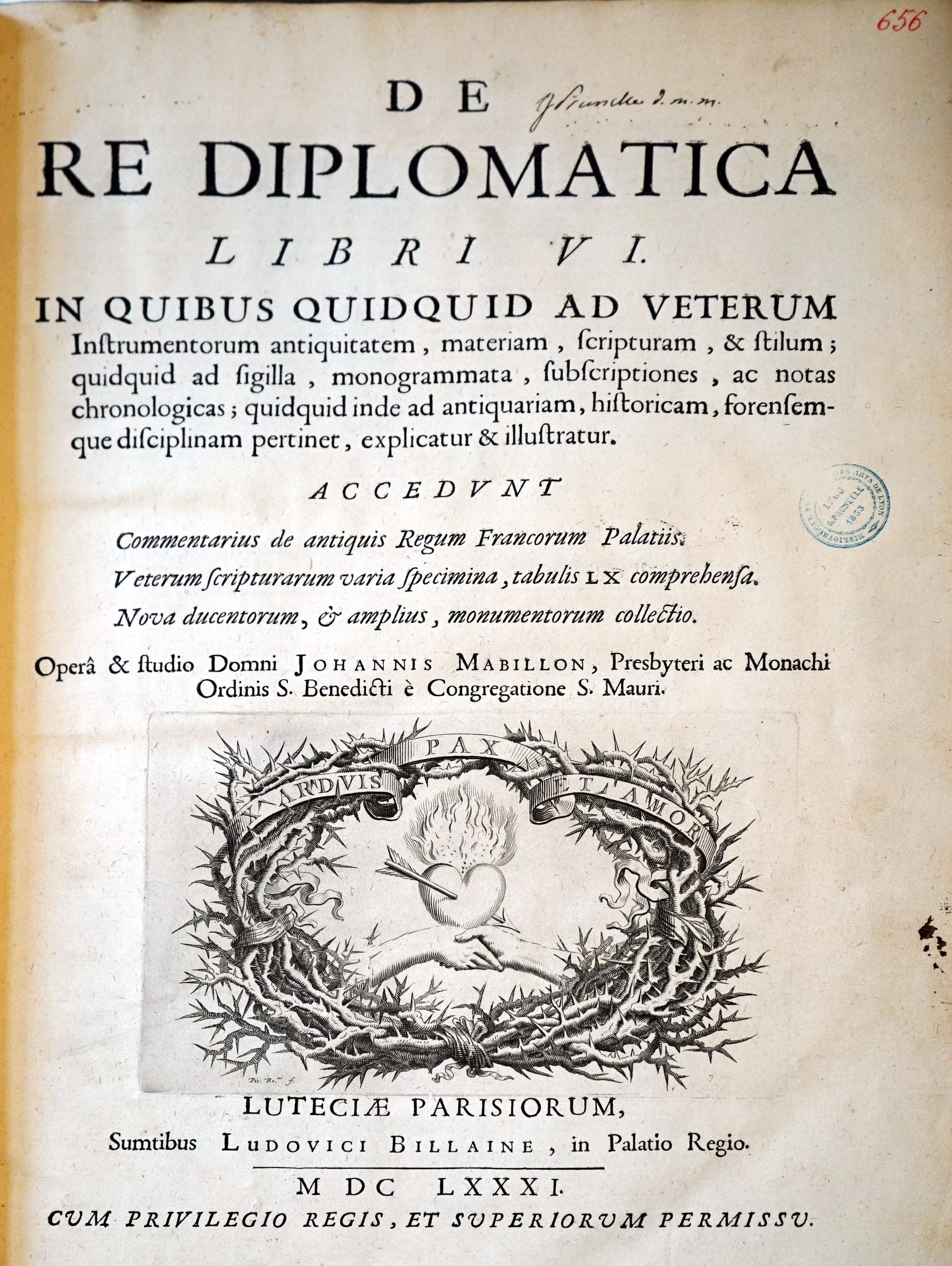|
Egwin
Saint Egwin of Evesham, OSB (died 30 December 717) was a Benedictine monk and, later, the third Bishop of Worcester in England. Life Egwin was born in Worcester of a noble family, and was a descendant of Mercian kings. He may possibly have been a nephew of King Æthelred of Mercia. Having become a monk, his biographers say that king, clergy, and commoners all united in demanding Egwin's elevation to bishop; but the popularity which led him to the episcopal office dissipated in response to his performance as bishop. He was consecrated bishop after 693.Fryde, et al. ''Handbook of British Chronology'' p. 223 As a bishop he was known as a protector of orphans and widows and a fair judge. He struggled with the local population over the acceptance of Christian morality, especially Christian marriage and clerical celibacy. Egwin's stern discipline created a resentment which, as King Æthelred was his friend, eventually found its way to his ecclesiastical superiors. He undertook a pi ... [...More Info...] [...Related Items...] OR: [Wikipedia] [Google] [Baidu] |
Dominic Of Evesham
Dominic of Evesham was a medieval prior of Evesham Abbey in England and writer of religious texts. Probably a native Englishman, there is some confusion about when he became a monk, but by 1104 he was at Evesham and by 1125 he held the office of prior. He is chiefly known for his religious works, including one on the miracles of the Virgin Mary that was an important source for later writings on the subject. Four of his works are still extant. Life Little is known of Dominic's life.Jennings "Writings" ''English Historical Review'' p. 298 He was probably a native Englishman,Lapidge "Dominic of Evesham" ''Analecta Bollandiana'' pp. 67–68 based on some linguistic evidence, although this is not of such strength to make his native English status certain. He was likely born sometime before 1077, and was probably raised around the abbey. J. C. Jennings felt that he may have entered Evesham before 1077, but D. C. Cox, in the ''Oxford Dictionary of National Biography'' states that he di ... [...More Info...] [...Related Items...] OR: [Wikipedia] [Google] [Baidu] |
Evesham Abbey
Evesham Abbey was founded by Saint Egwin at Evesham in Worcestershire, England between 700 and 710 following an alleged vision of the Virgin Mary by a swineherd by the name of Eof. According to the monastic history, Evesham came through the Norman Conquest unusually well, because of a quick approach by Abbot Æthelwig to William the Conqueror. The abbey is of Benedictine origin, and became in its heyday one of the wealthiest in the country. Simon de Montfort (1208–1265) is buried near the high altar of the ruined abbey, the spot marked by an altar-like memorial monument dedicated by the Archbishop of Canterbury in 1965. During the 16th-century dissolution of the monasteries, almost all of the abbey was demolished. Today, only one section of walling survives from the abbey itself, although fragments of the 13th-century chapter house, together with the almonry, the 16th-century bell tower and a gateway remain. The abbey's site is a scheduled monument and has several listed s ... [...More Info...] [...Related Items...] OR: [Wikipedia] [Google] [Baidu] |
Byrhtferth Of Ramsey
Byrhtferth ( ang, Byrhtferð; ) was a priest and monk who lived at Ramsey Abbey in Huntingdonshire (now part of Cambridgeshire) in England. He had a deep impact on the intellectual life of later Anglo-Saxon England and wrote many computistic, hagiographic, and historical works.''The Blackwell Encyclopedia of Anglo-Saxon England'', ed. Michael Lapidge (1991)''Medieval England: an encyclopedia''; editors: Paul E. Szarmach, M. Teresa Tavormina, Joel T. Rosenthal. New York: Garland Publishing (1998) He was a leading man of science and best known as the author of many different works (although he may not have written many of them)."The Old English Canon of Byrhtferth of Ramsey", Peter S. Baker. ''Speculum'', Vol. 55, No. 1. (1980) His ''Manual'' (''Enchiridion''), a scientific textbook, is Byrhtferth's best known work. He studied with Abbo of Fleury, who was invited to Ramsey Abbey by Oswald of Worcester to help teach. Abbo was there during the period 985 to 987, and became a lar ... [...More Info...] [...Related Items...] OR: [Wikipedia] [Google] [Baidu] |
Bishop Of Worcester
A bishop is an ordained clergy member who is entrusted with a position of authority and oversight in a religious institution. In Christianity, bishops are normally responsible for the governance of dioceses. The role or office of bishop is called episcopacy. Organizationally, several Christian denominations utilize ecclesiastical structures that call for the position of bishops, while other denominations have dispensed with this office, seeing it as a symbol of power. Bishops have also exercised political authority. Traditionally, bishops claim apostolic succession, a direct historical lineage dating back to the original Twelve Apostles or Saint Paul. The bishops are by doctrine understood as those who possess the full priesthood given by Jesus Christ, and therefore may ordain other clergy, including other bishops. A person ordained as a deacon, priest (i.e. presbyter), and then bishop is understood to hold the fullness of the ministerial priesthood, given responsibility by ... [...More Info...] [...Related Items...] OR: [Wikipedia] [Google] [Baidu] |
Rome
, established_title = Founded , established_date = 753 BC , founder = King Romulus (legendary) , image_map = Map of comune of Rome (metropolitan city of Capital Rome, region Lazio, Italy).svg , map_caption = The territory of the ''comune'' (''Roma Capitale'', in red) inside the Metropolitan City of Rome (''Città Metropolitana di Roma'', in yellow). The white spot in the centre is Vatican City. , pushpin_map = Italy#Europe , pushpin_map_caption = Location within Italy##Location within Europe , pushpin_relief = yes , coordinates = , coor_pinpoint = , subdivision_type = Country , subdivision_name = Italy , subdivision_type2 = Region , subdivision_name2 = Lazio , subdivision_type3 = Metropolitan city , subdivision_name3 = Rome Capital , government_footnotes= , government_type = Strong Mayor–Council , leader_title2 = Legislature , leader_name2 = Capitoline Assemb ... [...More Info...] [...Related Items...] OR: [Wikipedia] [Google] [Baidu] |
Ramsey Abbey
Ramsey Abbey was a Benedictine abbey in Ramsey, Huntingdonshire (now part of Cambridgeshire), England. It was founded about AD 969 and dissolved in 1539. The site of the abbey in Ramsey is now a Scheduled Ancient Monument. Most of the abbey's buildings were demolished after the dissolution but surviving structures are Grade I and Grade II* listed buildings. Ramsey Abbey Gatehouse is in the care of the National Trust and the Church of St Thomas à Becket, Ramsey was one of the buildings of the abbey. The Abbey Ramsey Abbey was founded in 969 by Oswald, Bishop of Worcester on land donated by Æthelwine, Ealdorman of East Anglia (Earl Ailwyn), where he had already built a wooden chapel for three monks. The foundation was part of the mid-10th century English Benedictine reform, in which Ely and Peterborough were also refounded. Æthelwine gave the new foundation properties including an estate at nearby Bodsey and Houghton Mill. The Frankish scholar Abbo of Fleury came to Ramse ... [...More Info...] [...Related Items...] OR: [Wikipedia] [Google] [Baidu] |
Hagiography
A hagiography (; ) is a biography of a saint or an ecclesiastical leader, as well as, by extension, an adulatory and idealized biography of a founder, saint, monk, nun or icon in any of the world's religions. Early Christian hagiographies might consist of a biography or ', a description of the saint's deeds or miracles (from Latin ''vita'', life, which begins the title of most medieval biographies), an account of the saint's martyrdom (called a ), or be a combination of these. Christian hagiographies focus on the lives, and notably the miracles, ascribed to men and women canonized by the Roman Catholic church, the Eastern Orthodox Church, the Oriental Orthodox churches, and the Church of the East. Other religious traditions such as Buddhism, Hinduism, Taoism, Islam, Sikhism and Jainism also create and maintain hagiographical texts (such as the Sikh Janamsakhis) concerning saints, gurus and other individuals believed to be imbued with sacred power. Hagiographic works, especi ... [...More Info...] [...Related Items...] OR: [Wikipedia] [Google] [Baidu] |
Jean Mabillon
Dom Jean Mabillon, O.S.B., (; 23 November 1632 – 27 December 1707) was a French Benedictine monk and scholar of the Congregation of Saint Maur. He is considered the founder of the disciplines of palaeography and diplomatics. Early life Mabillon was born in the town of Saint-Pierremont, then in the ancient Province of Champagne, now a part of the Department of Ardennes. He was the son of Estienne Mabillon (who died in 1692 at the age of 104) and his wife Jeanne Guérin. At the age of 12 he became a pupil at the Collège des Bons Enfants in Reims. Having entered the seminary in 1650, he left after three years and in 1653 became instead a monk in the Maurist Abbey of Saint-Remi. There his dedication to his studies left him ill, and in 1658 he was sent to Corbie Abbey to regain his strength. In 1663 he was transferred again to Saint-Denis Abbey near Paris, and the following year to the Abbey of Saint-Germain-des-Prés in Paris. This was a move which offered wide opportunitie ... [...More Info...] [...Related Items...] OR: [Wikipedia] [Google] [Baidu] |
Councils Of Clovesho
The Councils of Clovesho or Clofesho were a series of synods attended by Anglo-Saxon kings, bishops, abbots and nobles in the 8th and 9th centuries. They took place at an unknown location in the Kingdom of Mercia. Location The location of the place-name Clovesho has never been conclusively identified. Scholars believe that Clovesho must have been located in the kingdom of Mercia, or close to it, and close enough to the sees of the southern English bishops to travel to. It has been described by Catherine Cubitt as ‘the most famous lost place in Anglo-Saxon England’. The placename, given by Bede as ''clofeshoch'', is Old English. The first element is ''clof'', a variant of ''cleófa'', ‘a cleft, a chasm’, while the second is ''hóh'', ‘a heel-shaped spur of land’. The modifiery, ''clóf'', is a rare word in place-names, Clovelly being the only other certain example of its use in a toponym. On the other hand, ''hóh'' is more common, with the densest concentration in the ... [...More Info...] [...Related Items...] OR: [Wikipedia] [Google] [Baidu] |
Episcopate
A bishop is an ordained clergy member who is entrusted with a position of authority and oversight in a religious institution. In Christianity, bishops are normally responsible for the governance of dioceses. The role or office of bishop is called episcopacy. Organizationally, several Christian denominations utilize ecclesiastical structures that call for the position of bishops, while other denominations have dispensed with this office, seeing it as a symbol of power. Bishops have also exercised political authority. Traditionally, bishops claim apostolic succession, a direct historical lineage dating back to the original Twelve Apostles or Saint Paul. The bishops are by doctrine understood as those who possess the full priesthood given by Jesus Christ, and therefore may ordain other clergy, including other bishops. A person ordained as a deacon, priest (i.e. presbyter), and then bishop is understood to hold the fullness of the ministerial priesthood, given responsibility by ... [...More Info...] [...Related Items...] OR: [Wikipedia] [Google] [Baidu] |
Swineherd
A swineherd is a person who raises and herds pigs as livestock. Swineherds in literature * In the New Testament are mentioned shepherd of pigs, mentioned in the Pig (Gadarene) the story shows Jesus exorcising a demon or demons from a man and a flock of pigs, as well as in the parable of the Prodigal Son in a son who wastes his father's fortune and is forced to work as a Swineherd. * Hans Christian Andersen wrote a fairy tale called The Swineherd. * In Greek mythology, Eumaeus (or Eumaios) was Odysseus' swineherd. * In the Parable the Prodigal Son, the younger son wastes his inheritance and eventually has to become a swineherd. * In Lloyd Alexander's books ''The Chronicles of Prydain'', based on Welsh mythology, the hero is a pig keeper, or swineherd. * The character Gurth, in Sir Walter Scott's novel '' Ivanhoe'' is a swineherd. * The main character in the Disney film '' The Black Cauldron'' is a swineherd. * Among Eiléan Ní Chuilleanáin's most famous work is the poem "S ... [...More Info...] [...Related Items...] OR: [Wikipedia] [Google] [Baidu] |
Virgin Mary
Mary; arc, ܡܪܝܡ, translit=Mariam; ar, مريم, translit=Maryam; grc, Μαρία, translit=María; la, Maria; cop, Ⲙⲁⲣⲓⲁ, translit=Maria was a first-century Jewish woman of Nazareth, the wife of Joseph and the mother of Jesus. She is a central figure of Christianity, venerated under various titles such as virgin or queen, many of them mentioned in the Litany of Loreto. The Eastern and Oriental Orthodox, Church of the East, Catholic, Anglican, and Lutheran churches believe that Mary, as mother of Jesus, is the Mother of God. Other Protestant views on Mary vary, with some holding her to have considerably lesser status. The New Testament of the Bible provides the earliest documented references to Mary by name, mainly in the canonical Gospels. She is described as a young virgin who was chosen by God to conceive Jesus through the Holy Spirit. After giving birth to Jesus in Bethlehem, she raised him in the city of Nazareth in Galilee, and was in Jerusal ... [...More Info...] [...Related Items...] OR: [Wikipedia] [Google] [Baidu] |







